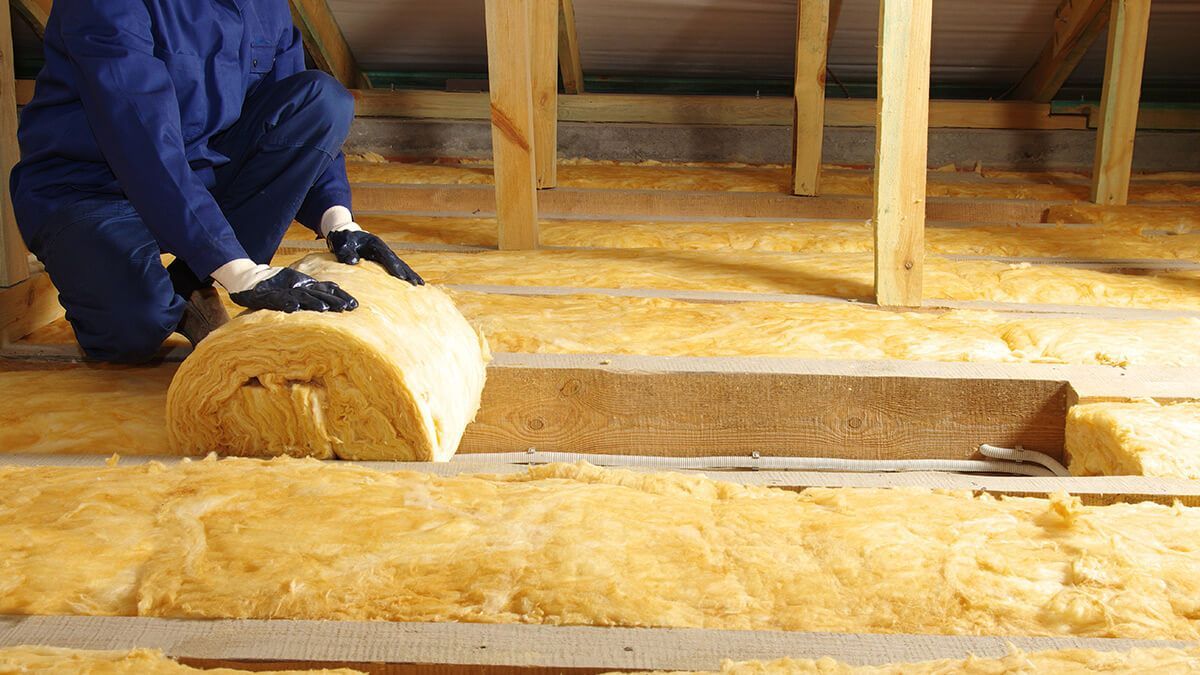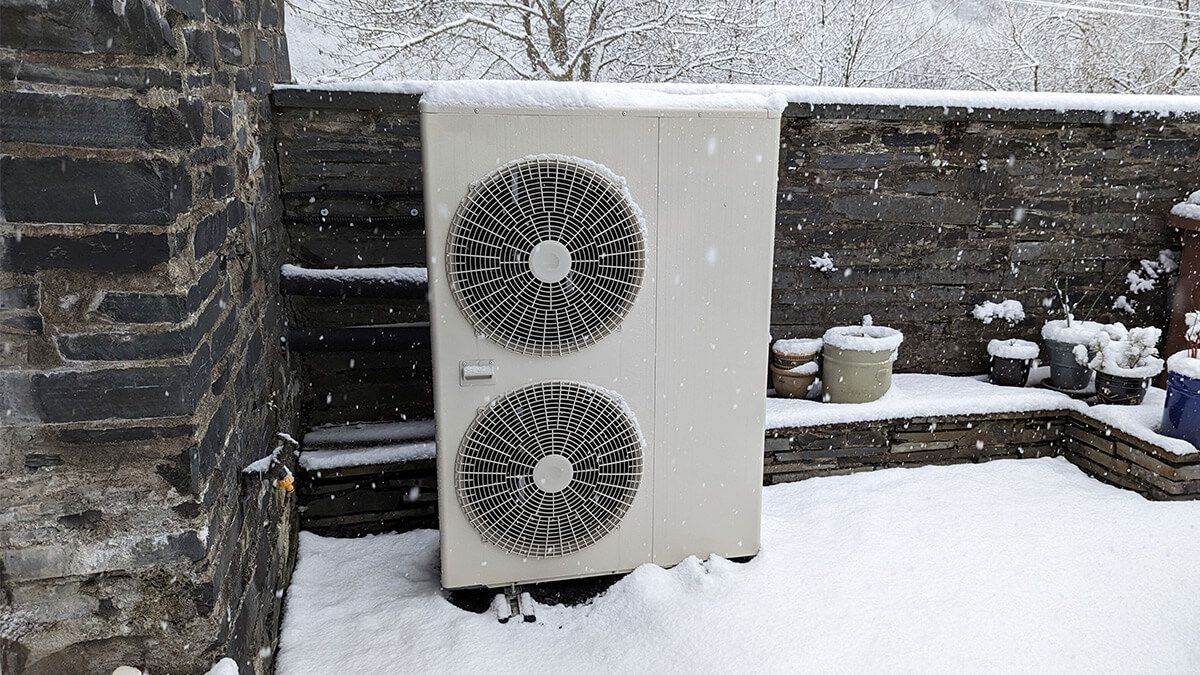
Updated On

Popular posts
In our quest to create a comprehensive guide on how to effectively draught-proof windows, we aim to provide you with valuable insights and actionable steps that will not only help you conserve energy but also enhance the comfort and efficiency of your living space. Draught-proofing is a crucial aspect of home maintenance, ensuring that you stay cozy during the winter months and cool during the scorching summer days. By following these ten simple yet highly effective steps, you can transform your home into an energy-efficient haven.
Draught proofing your windows and doors could lead to savings of approximately £60 annually, according to the Energy Saving Trust. This estimation is based on a typical gas-fueled semi-detached residence in England, Scotland, or Wales. While comprehensive home draught proofing is advisable, commencing with your windows is a sensible starting point.
Recommended Strategies for Enhancing Window Draught Proofing
Numerous approaches exist for draught proofing your windows. These methods range from budget-friendly do-it-yourself solutions to long-term investments that may necessitate professional intervention, such as installing new double-glazed windows.
Here, we concentrate on the most cost-effective techniques to maximize your windows' performance. Employing even one of these draught proofing strategies will noticeably elevate your home's warmth, while combining multiple methods will yield even greater results.
Additionally, when addressing window insulation, it's prudent to examine other areas of your dwelling that could benefit from similar treatment. Foremost among these should be draught proofing your front door, letterbox, chimney, and attic.
1. Employ Self-Adhesive Draught Strips
One of the most prevalent and economical approaches to draught proofing windows is the application of weather seals or weather stripping between the window frames. This technique, while swift and effective, is also remarkably affordable. Self-adhesive rolls of draught seal can be procured for as little as £3 per roll.
When selecting and installing weather strips, ensure they are of the correct dimensions for your windows. An oversized strip will hinder window closure, while an undersized one will leave gaps for draughts to infiltrate.
2. Utilise Brush Seals or Wiper Strips
Brush seals, spring metal, and v-strips offer excellent alternatives to self-adhesive foam weather seals, often requiring only a modest additional investment. Brush seals consist of two components: a self-adhesive 'pile carrier,' affixed to the window frame, and a fluffy brush or 'pile' strip on the window itself, which slots into the carrier when the window closes, effectively blocking draughts.
While this type of product may necessitate replacement after a few years due to wear and tear, it offers a sturdy alternative to foam draught excluder strips.
Wiper strips, on the other hand, function similarly but employ a rubber 'wiper' instead of a brush.
3. Seal Gaps with Caulk or Silicone
Caulk serves as a versatile tool for various DIY projects, including draught proofing. When caulking windows, utilise a silicone gun to apply it to gaps between the window frame and wall, as well as the joints around the frame.
Alternatively, if you don't require the window to open (except for fire escape purposes), consider sealing it with silicone sealant. Before application, remove old sealant and peeling paint, clean the windows with sugar soap or a similar solution to eliminate any residue, and ensure thorough drying.
4. Apply Window Film to Glass
Window film, typically associated with privacy or decoration, also contributes to improved home insulation. Ensure you acquire window insulation film, and this cost-effective DIY method can be removed when no longer needed.
Thermal window insulation film, typically sold in kit form, comprises the film and the tape used for installation. It is crucial to begin with spotlessly clean windows and meticulously follow the manufacturer's instructions, leaving a small allowance around the edges for a proper fit. Applying heat, often with a hairdryer, is often necessary for a snug fit.
5. Window Sealing Products
Various practical products are available for effectively sealing window gaps while remaining easily removable when warmer weather arrives. Gapseal, a flexible sealer that expands to fill gaps between 2mm and 7mm, is a notable option. It comes with all the necessary components for installation and can be reused.
6. Inspect Locks and Hinges
Poorly fitted windows are a common source of draughts, with hinges and locks being frequent culprits. Routine maintenance, such as cleaning and lubricating hinges, can prevent rust buildup and ensure alignment to prevent gaps. Replacing hinges may be necessary if large gaps persist between frames and windows.
Inspect window locks, as faulty ones can lead to improper window closure, causing draughts and potentially voiding your home insurance policy. Tightening or replacing locks as needed will address this issue.
7. Invest in Thermal Curtains
Thermal curtains and blinds can significantly enhance comfort levels and energy efficiency in your home. High-quality curtains, featuring at least three layers, are preferable. Thermal blinds with small honeycomb pockets designed to retain warm air are also effective.
For those concerned about the cost, thermal linings that can attach to existing curtains are an economical alternative. Clip-on linings, such as Dunelm's Pencil Pleat Blackout Curtain Linings, simplify the process.
8. Utilise Draught Snakes
Draught snakes, or draught excluders, offer a hassle-free and affordable solution. These elongated cylindrical cushions are placed on window sills to cover gaps at the base of the window. Ensure you select the correct length to fit your windows.
9. Reconsider Bubble Wrap
While not for everyone, bubble wrapping windows is a cost-effective, efficient way to insulate them.
Mist the windows with water before applying bubble wrap (bubble side against the glass) and secure it with tape.
This method, though effective, may not be aesthetically pleasing.
If All Else Fails: Consider Double Glazing
While potentially pricier than other methods, double glazing offers an excellent alternative to replacing windows. It can often be a DIY project and is typically acceptable for listed properties or those in conservation areas. Double glazing entails adding a slimline, secondary window inside the existing window frames.
Frames are available in various materials to suit most homes, including uPVC, aluminium, and timber. Specialised companies now offer bespoke double glazing units designed to complement existing windows.
Although some homeowners opt for DIY installation, professionals frequently handle this task.
Don't Forget About Ventilation
While it is essential to prevent draughts, proper ventilation is equally crucial to prevent window condensation, mold, or damp issues. Avoid obstructing window trickle vents, and if you have a wood-burning stove, ensure you meet log burner ventilation requirements.
Draught proofing your windows enhances your home's comfort and energy efficiency, providing a warmer and more economical living space. Explore these strategies, including double glazing, and choose the ones that best suit your needs and budget.
New Paragraph
You may also like
New Paragraph
Improving
Alarm Systems
© 2024 Copyright - Website owned and run by Rock Box Media Limited




